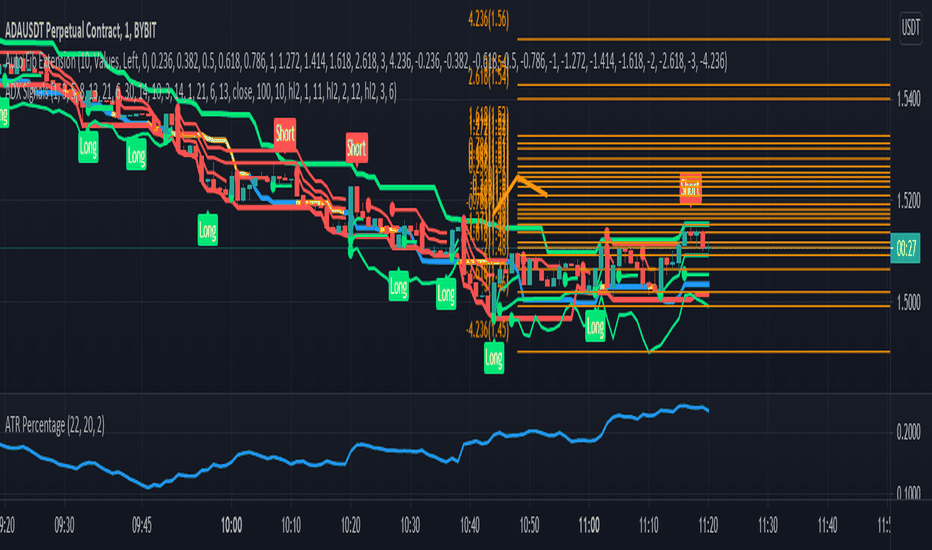The real estate investment trust (REIT) market continues to evolve, especially within the healthcare segment. Among its diverse subcategories, two prominent types stand out: Senior Living REITs and Traditional Healthcare REITs. Both play a vital role in delivering returns to investors while contributing to the nation’s healthcare and housing infrastructure. However, they differ in structure, risk profiles, income sources, and strategic focus. This article explores their distinctions and potential synergies, offering insight for investors and stakeholders navigating this specialized sector.
Understanding the Basics
1. Senior Living REITs
Senior Living REITs invest primarily in residential communities designed for aging adults, including independent living, assisted living, memory care, and sometimes skilled nursing facilities. These REITs benefit from demographic tailwinds, particularly the aging Baby Boomer population, and the growing demand for senior housing.
Their assets often resemble hospitality or multifamily properties more than hospitals. As such, performance can be influenced by factors like occupancy rates, private-pay capacity, and consumer preferences. Key players in this space include Well-tower Inc., Ventas Inc., and LTC Properties.
2. Traditional Healthcare REITs
Traditional Healthcare REITs, on the other hand, invest in medical office buildings (MOBs), hospitals, outpatient facilities, and skilled nursing facilities (SNFs). These properties are more closely tied to clinical operations and often leased to large healthcare systems, physician groups, or operators under long-term, triple-net leases. Major players include Health-peak Properties and Medical Properties Trust.
These REITs typically focus more on stable, insurance-reimbursed income streams and less on the consumer-driven model seen in senior living.
Key Differences
| Feature | Senior Living REITs | Traditional Healthcare REITs |
|---|---|---|
| Revenue Source | Primarily private-pay | Medicare, Medicaid, commercial insurance |
| Asset Type | Assisted/independent living, memory care | Hospitals, MOBs, skilled nursing |
| Risk Profile | Higher operational risk, more cyclical | Lower volatility, more regulated |
| Lease Structure | Often RIDEA (operating model) or NNN | Primarily NNN leases |
| Operator Role | Strong partnership with property operators | Leases often remove landlord from operations |
| Drivers | Demographics, real estate market, service quality | Insurance reimbursement, healthcare demand |
Senior Living REITs: Opportunities and Challenges
Senior Living REITs present a strong long-term growth story due to aging demographics. According to the U.S. Census Bureau, the population aged 65+ will double by 2060. This bodes well for occupancy growth and revenue expansion.
However, these REITs are not without challenges. Operational risk is higher because of labor shortages, rising wages, and the need for high-quality service delivery. The use of the RIDEA (REIT Investment Diversification and Empowerment Act) structure means these REITs often share in the operational performance—both upside and downside—with the operator.
COVID-19 further exposed vulnerabilities in the sector, such as infection control and occupancy volatility. Recovery is underway, but margin pressure remains a concern.
Traditional Healthcare REITs: Stability with Regulation
In contrast, Traditional Healthcare REITs tend to offer more stable income through long-term leases to creditworthy tenants. These assets are critical infrastructure, with hospitals and MOBs in particular benefiting from location-dependent demand and tenant stickiness.
Their tenants are often large health systems with access to capital and a clear regulatory framework. While this provides stability, it also means returns may be capped relative to the more operationally aggressive senior living model.
A key risk is dependence on government reimbursement. Changes in Medicare or Medicaid rates can significantly affect tenants’ ability to pay rent, even though the REIT itself does not operate the facility.
Synergies and Strategic Overlap
While different, Senior Living and Traditional Healthcare REITs can complement each other in a diversified portfolio or integrated operating model. Several REITs—such as Ventas and Welltower—have adopted hybrid strategies that span both categories, allowing them to balance growth with stability.
1. Portfolio Diversification
Combining assets across the senior care and clinical care continuum enables REITs to offer a full-spectrum investment approach. For example, a portfolio might include medical office buildings for primary care, post-acute facilities for recovery, and assisted living for long-term residential care. This diversification can reduce volatility and capture revenue from different stages of healthcare consumption.
2. Operational Integration
Some REITs are exploring ways to connect clinical services with residential care. For instance, integrating primary care clinics within senior living campuses improves care delivery and enhances resident satisfaction. This model can increase length of stay and reduce hospitalizations—both of which support occupancy and revenue.
3. Demographic Alignment
Both REIT types benefit from the same macro trend: aging populations. By leveraging this alignment, REITs can position themselves as partners in the broader healthcare ecosystem, providing real estate solutions across aging, treatment, and recovery.
Investor Considerations
For investors, choosing between Senior Living and Traditional Healthcare REITs—or opting for a hybrid—depends on risk appetite and investment goals.
-
Growth-focused investors may prefer Senior Living REITs for their higher upside potential, especially if they believe in the long-term demographic tailwind.
-
Income-oriented investors might lean toward Traditional Healthcare REITs, seeking consistent dividend yields supported by long leases and creditworthy tenants.
-
Balanced portfolios could benefit from a blend, using exposure to both to hedge against sector-specific risks while capturing broader healthcare demand.
Conclusion
Senior Living REITs and Traditional Healthcare REITs each serve unique functions in the healthcare and real estate ecosystems. While Senior Living REITs are more exposed to consumer trends and operational volatility, they also offer higher growth potential. Traditional Healthcare REITs, with their more stable lease structures and reliance on reimbursed medical services, offer predictability and resilience.
As the healthcare landscape continues to evolve, these REITs are finding ways to collaborate, integrate, and innovate. For investors and stakeholders alike, understanding the differences—and synergies—between these two sectors is crucial to navigating the future of healthcare real estate.
Frequently Asked Questions
What are the primary differences between Senior Living REITs and Traditional Healthcare REITs in terms of revenue sources and asset types?
Senior Living REITs generate revenue primarily from private-pay residents, often from individuals or families who pay directly for services such as assisted living, independent living, or memory care. Their asset types include residential-style communities with amenities tailored to elderly residents.
Traditional Healthcare REITs, however, rely heavily on insurance-based reimbursement, including Medicare, Medicaid, and commercial insurance. Their portfolios include clinical facilities such as hospitals, medical office buildings (MOBs), outpatient centers, and skilled nursing facilities (SNFs).
These differences also impact risk profiles—Senior Living REITs face more consumer-related risks (e.g., occupancy, pricing sensitivity), while Traditional Healthcare REITs are influenced by healthcare regulation and reimbursement policies.
How does the RIDEA structure impact Senior Living REITs differently from Traditional Healthcare REITs?
The RIDEA (REIT Investment Diversification and Empowerment Act) structure allows REITs to share in the operating income and risks of healthcare facilities, rather than just collecting rent through passive triple-net leases.
Senior Living REITs frequently use RIDEA because their properties are operationally intensive—success depends on managing staff, delivering services, and maximizing occupancy. This gives REITs exposure to the full upside of the business but also exposes them to operational risks (e.g., staffing shortages, resident satisfaction, rising labor costs).
In contrast, most Traditional Healthcare REITs prefer triple-net leases, which place responsibility for operations and property costs (taxes, maintenance, insurance) on the tenant. This structure insulates the REIT from day-to-day volatility but limits income growth opportunities tied to operational performance.
What are the demographic trends supporting investment in Senior Living REITs?
The primary demographic driver is the rapid aging of the U.S. population, particularly the Baby Boomer generation. According to U.S. Census projections:
-
By 2030, all Baby Boomers will be aged 65 or older.
-
By 2060, the 65+ population is expected to double to nearly 100 million.
This aging trend supports long-term demand for senior living communities, especially those offering medical support (e.g., assisted living, memory care). As people live longer with chronic conditions, the need for supportive housing with integrated services grows, making Senior Living REITs attractive for growth-focused investors.









